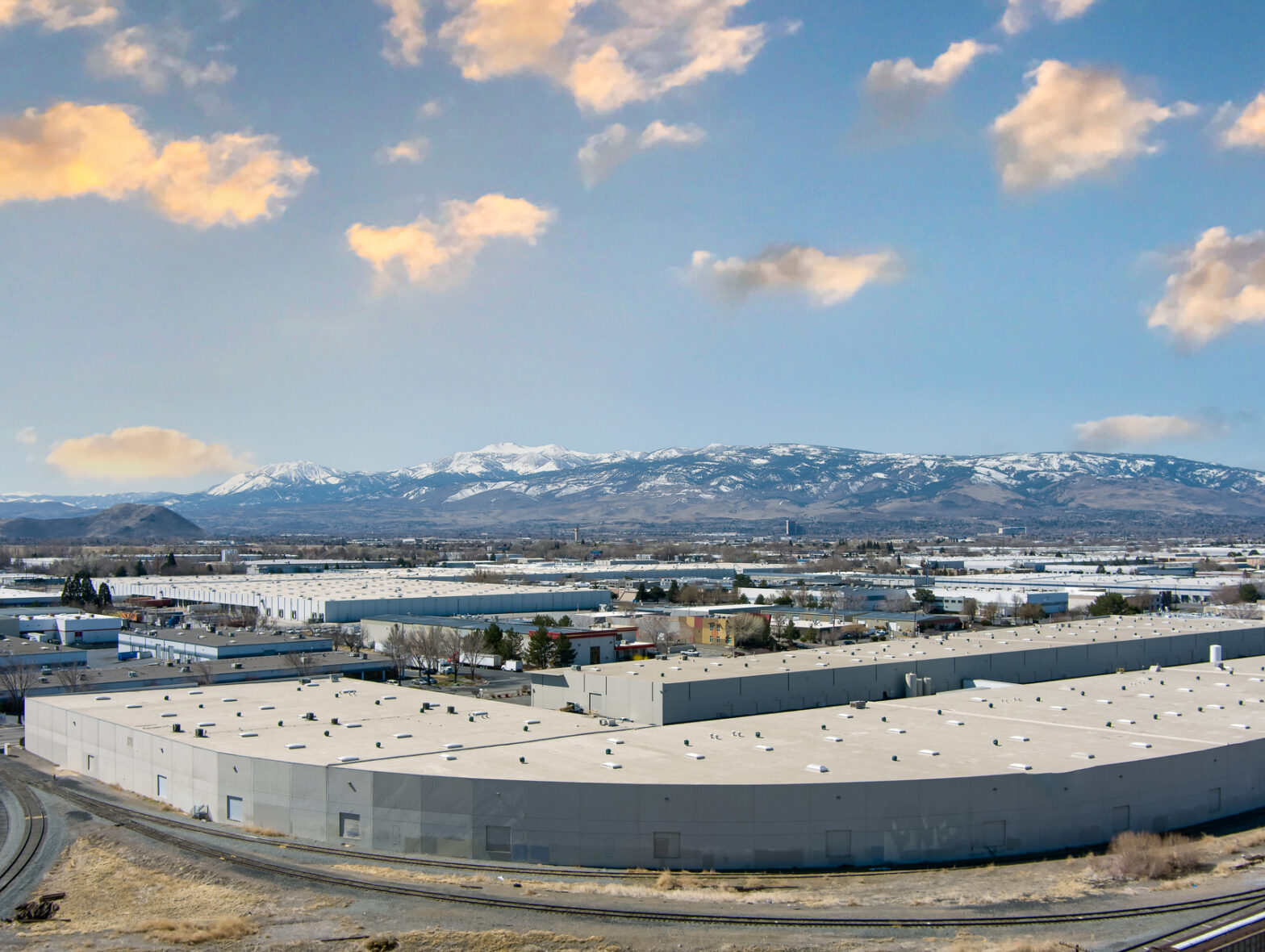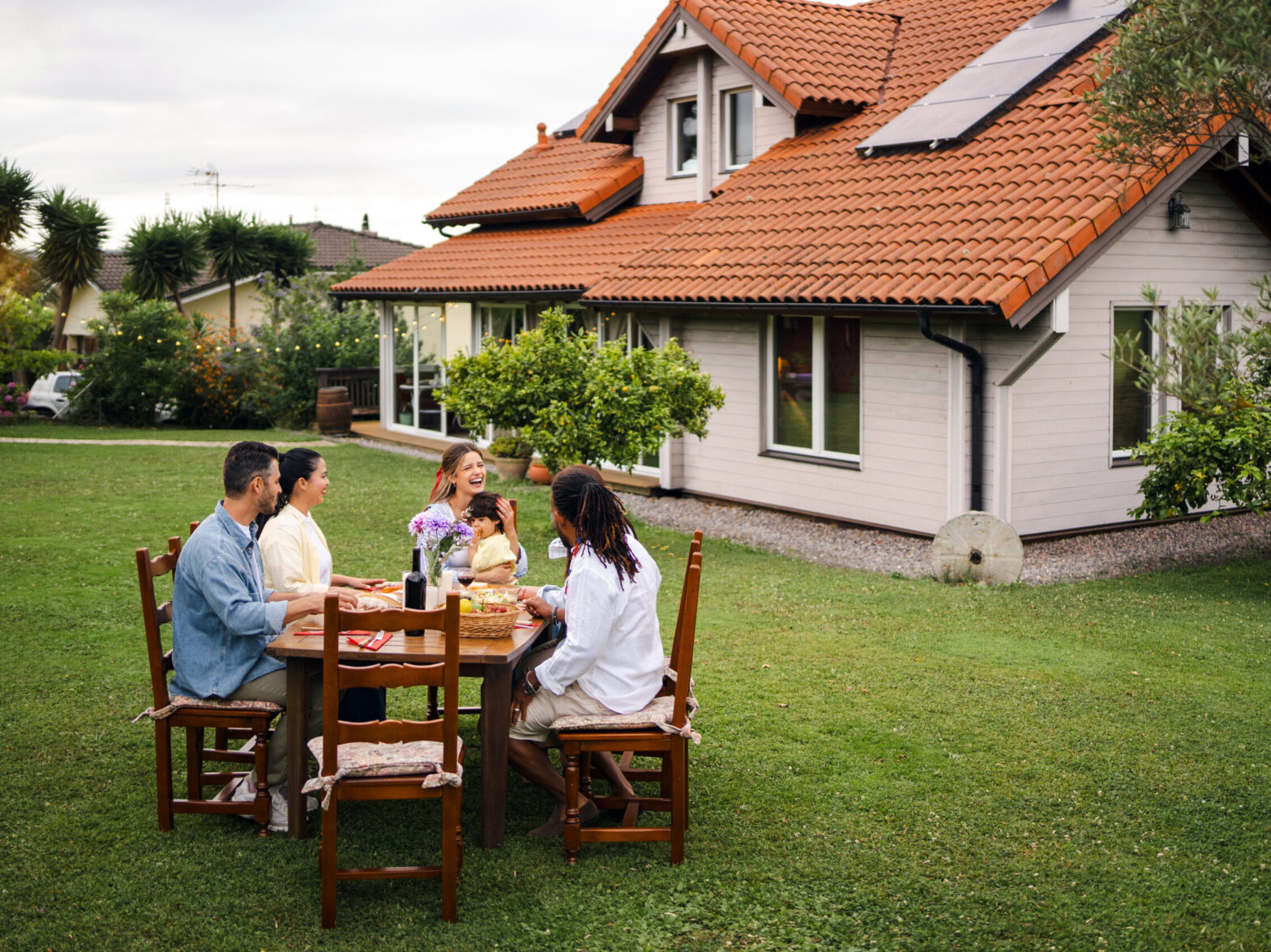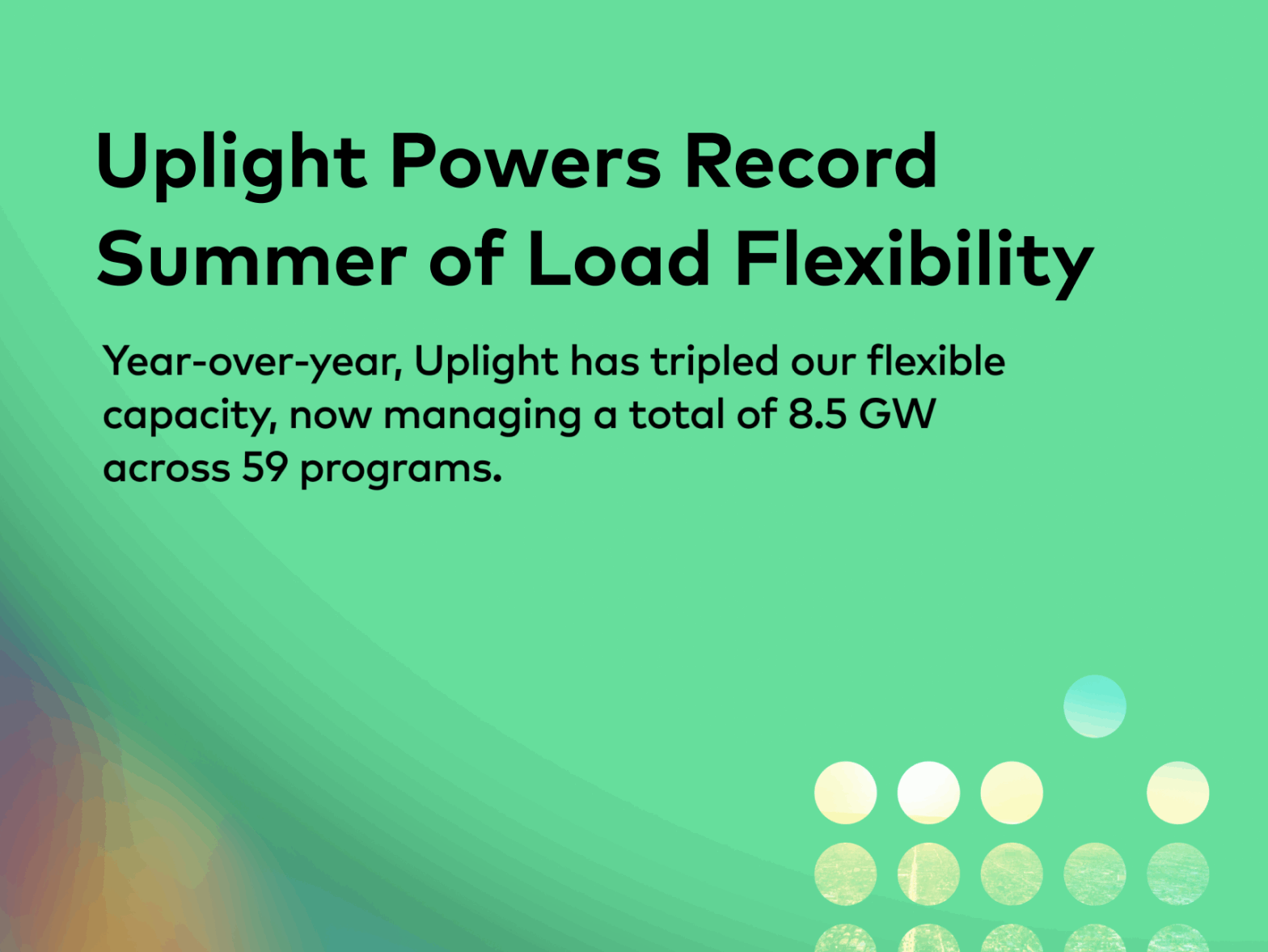On Tuesday, September 6th, the electricity grid in California was one small step away from being forced into rolling blackouts. In the midst of this unprecedented heat wave, demand for electricity to cool homes and businesses approached 52,000MW – a number that has never been surpassed–prompting a level 3 Energy Emergency Alert, one level away from forced outages.
Forecasting that the heat wave would strain the grid, the California Independent System Operator, or CAISO, had already planned Demand Response events for the days when the heat would be at its worst. By Tuesday afternoon, as temperatures in some places hit 115+ degrees, the strain was quickly approaching a higher level than forecasted, with maxed out grid circuits further complicating the problem.
As Demand Response events were called, in homes where residents had opted in to help in times like these, smart thermostats were tweaked to help manage this peak load. At scale, across multiple utilities and tens of thousands of homes, the cumulative effect of these small changes added up to reduce demand by over 1.2 Gigawatts, or 1,200MW during these critical hours. This is equivalent to the capacity of a medium-sized coal plant.
Uplight is proud to have Demand Response programs running with two of the larger electric utilities in California, and we were right in the thick of it during these events, as the severity of the alert called for some quick modifications to a “standard” DR event, extending its length and adding additional households.
Demand Response programs have become much more sophisticated in recent years– they’ve come a long way from the old load control switches installed onto air conditioning units. Intelligence embedded in thermostats paired with advanced software controls, and down-to-the-household AI has the potential to become a significant, ongoing asset to the grid without sacrificing customer comfort. For modern Demand Response programs, a successful event is one in which customers don’t even notice a change.
This increased sophistication extends to other distributed energy resources, including water heaters, home battery packs, EV chargers, and of course electric vehicles themselves. With an increase in devices and enrollment, alongside more sophisticated orchestration of these resources, demand side management has the potential to account for 200GW of load flexibility*, approaching 20% of the entire U.S. grid’s capacity. At that level of engagement, we can impact grid stability way beyond shaving peak load to avoid outages, and realize the vision of a smart, connected, and interactive grid edge.
* The Brattle Group: The National Potential for Load Flexibility: Value and market potential through 2030




